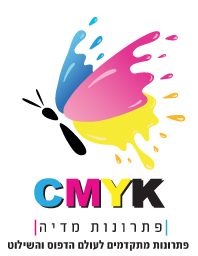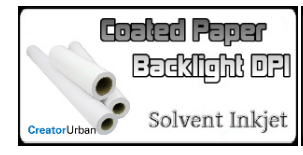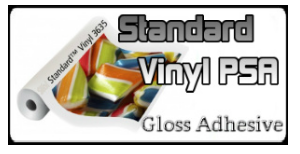Large Format Printing Solvent
Inkjet printing is a type of computer printing that creates a digital image by propelling droplets of ink onto paper, plastic or other substrates. Inkjet printers are the most common type of printer, ranging from inexpensive consumer models to a very large professional machines that can cost thousands of dollars, or more
Until a few years ago, the main benefits of dye-based ink was wider color gamut and lower cost , while its disadvantages were that it was water soluble single drop of water can ruin the printing and prints will disappear faster. Pigment inks, however, lasts longer and more resistant to water , but was less color depth and were more expensive
Today , however, there is little difference between color and pigment-based and solvent-based inks, with a slight advantage going pigmented inks . Continuous improvements in the formulation of the ink related disadvantages of both types , and the current generation inks are made by manufacturers of well-known brands are usually claimed fade resistans for life when used with the recommended paper
In general, pigmented inks marketed to professional users , while solvent inks with lower-cost markets for amateurs. Black and white photographers tend to prefer pigmented inks . However, casual look on printed material will reveal only small differences that may be assessed only by professionals and serious photographers
Solvent inks
the main ingredient of these inks are volatile organic compounds (VOCs), organic chemical compounds that have high vapor pressures. Color is achieved with pigments rather than dyes for excellent fade-resistance. The chief advantage of solvent inks is that they are comparatively inexpensive and enable printing on flexible, uncoated vinyl substrates, which are used to produce vehicle graphics, billboards, banners and adhesive decals
Disadvantages include the vapour produced by the solvent and the need to dispose of used
solvent. Unlike most aqueous inks, prints made using solvent-based inks are generally waterproof and ultraviolet-resistant (for outdoor use) without special over-coatings. The high print speed of many solvent printers demands special drying equipment, usually a combination of heaters and blowers. The substrate is usually heated immediately before and after the print heads apply ink. Solvent inks are divided into two sub-categories: hard solvent
ink offers the greatest durability without specialized over-coatings but requires specialized ventilation of the printing area to avoid exposure to hazardous fumes, while Mild or "Eco" solvent inks, while still not as safe as aqueous inks, are intended for use in enclosed spaces without specialized ventilation of the printing area. Mild solvent inks have rapidly gained popularity in recent years as their color quality and durability have increased while ink cost
has dropped significantly.





